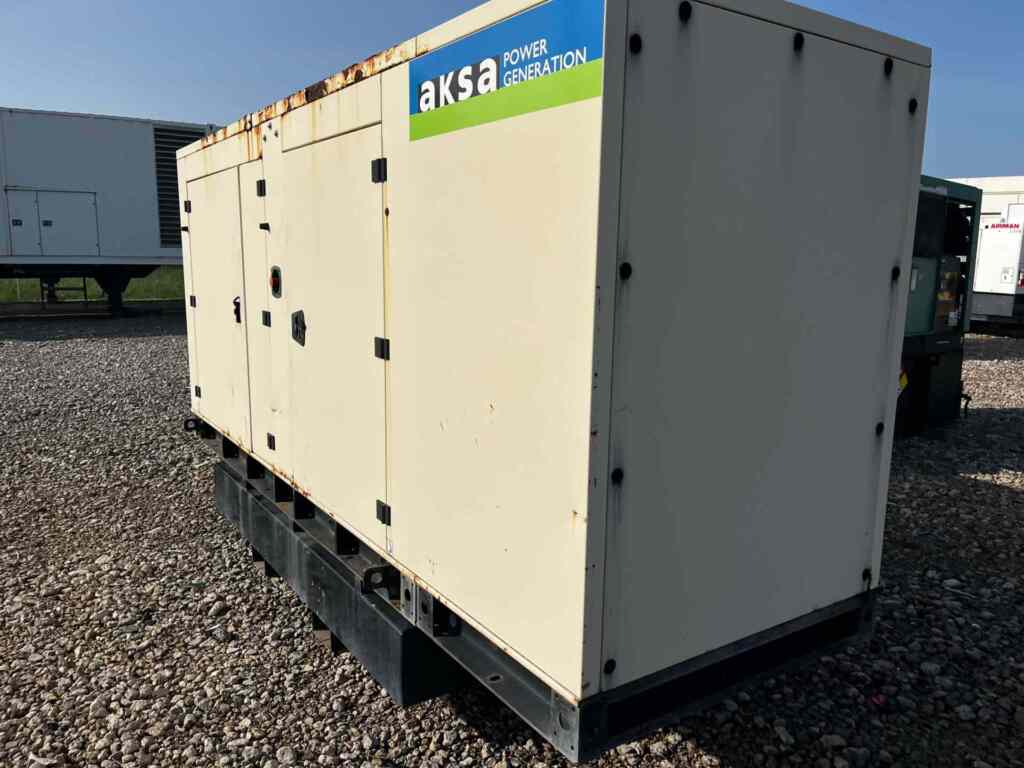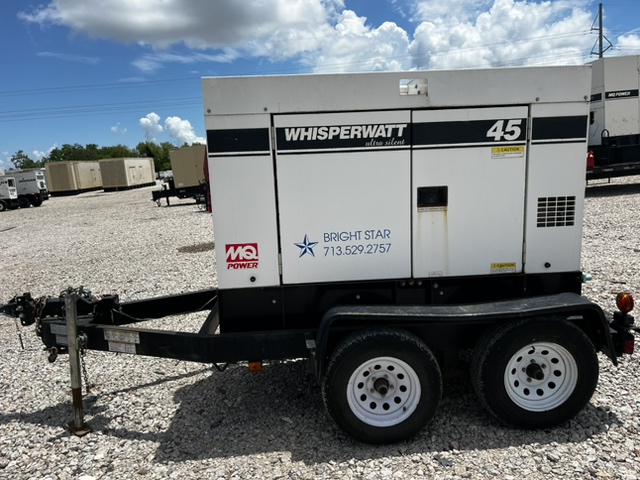Diesel generators are common choices for backup power solutions across various industries. Since these generators run on diesel fuel, you will also need a generator fuel tank to store fuel to have on standby. When your facility or business loses power, the generator can use the diesel in the generator diesel tank to operate and begin generating power. However, diesel tanks for generators are not one-size-fits-all. You will need to purchase a fuel tank that meets your generator’s specific needs.
Do I Need A Generator Fuel Tank?
Purchasing a generator can be expensive, so you may be wondering if you need to purchase a generator fuel tank for your generator. The short answer is yes! Adding a fuel tank to your genset gives you peace of mind, knowing that it can operate at any time and run for extended periods. Choosing the right diesel tank for your generator is based mainly on fuel consumption and desired runtime, but available space and climate will also affect your decision.
Your purchase may also be affected by state and local regulations. Some facilities, like hospitals, are required to have a generator diesel tank large enough to power their standby generator for a set number of hours. Environmental concerns may also play a part in your decision. Many municipalities require a fire marshal to review your plans before you install any type of generator fuel tank to ensure you comply with local, state, and federal regulations.
Finding A Tank To Fit Your Needs
When choosing a generator diesel tank, the first thing to determine is your available space and budget. There are three types of generator fuel tanks on the market today:
- Above-ground storage tanks – Above-ground fuel tanks sit above the ground and are easily seen. These tanks are most often installed at a distance from your facility because they pose both fire and spill hazards. If you choose to use an above-ground storage tank, it’s best to use a shed or other structure to shield the tank from the weather.
- Sub-base tanks – Sub-base fuel tanks can store up to 1,000 gallons of fuel. Your generator will be mounted on top of a sub-base tank, which explains the name. The tank sits above ground, under the generator’s base. Many sub-base tanks are double-walled to prevent leaks and can be customized to a client’s needs. Like above-ground tanks, it is best to put these generator diesel tanks in an enclosure to protect them from the elements.
- Underground storage tanks – Underground storage tanks are installed in a concrete cavity in the ground. The concrete shields the tanks from the outside environment, so they typically have a longer life span. While installing an underground fuel tank can be costly, they are beneficial because any leaks or spills are contained in a smaller area.
How Do You Size A Fuel Tank For A Generator?
To correctly size a generator diesel tank, you will need to know how much fuel your generator can hold. This will give you an idea about the generator’s rate of fuel consumption during its operation. Here are three important considerations as you begin to size your tank:
- Emergency stock – measure the amount of fuel you will need in excess if there is a delay in supply or your consumption increases.
- Lead time – how much time does it take for you to buy the fuel and get it to the site of the generator?
- Lean time stock: while the fuel is being transferred from the seller to your facility, the generator needs to be operational to ensure uninterrupted workflow. How much fuel do you need for the generator to run during this time?
Once you have answered these questions, you can figure out the minimum capacity of fuel you will need by adding the amount of lead time stock to the amount of emergency stock you want to keep on hand.
Maximum Fuel Capacity For Diesel Fuel Tanks
As you size your generator fuel tank, it is important to remember that fuel expands. This means that your tank cannot be filled up completely if you want to prevent overflow and spillage. In general, about 80 percent of a tank’s capacity can be used at any one time. It is also important to not empty it during a generator’s operation. These limitations mean that properly sizing a generator diesel tank is critical to proper operation.
Once you know the generator’s fuel consumption rate and your overall desired run time, you can multiply these two numbers to get the required gallon capacity needed to power your generator. If your generator consumes four gallons of diesel per hour and you need it to run for at least 48 hours, you will need a minimum of 192 gallons of fuel on hand at any given time. To make sure that you can store more than 192 gallons of diesel fuel in your generator fuel tank and account for the unusable capacity, you’ll want to size up.
What Is The Best Capacity For My Storage Tank?
If you live in an area that experiences frequent power outages that last for hours, you will need a generator and an appropriately sized diesel tank for the generator to keep it fueled up. For infrequent power outages with a lower demand, you can opt for a smaller generator with a smaller tank.
However, keep in mind that if you buy a smaller tank you will have to refill it more often. Although the upfront cost of the generator and tank will be lower, the delivery charges on refills will be higher. If necessary, always consult with a professional generator retailer to help you make an informed decision about your generator and your generator fuel tank before you purchase one.
 Turnkey Industries offers a variety of high-capacity
Turnkey Industries offers a variety of high-capacity 





